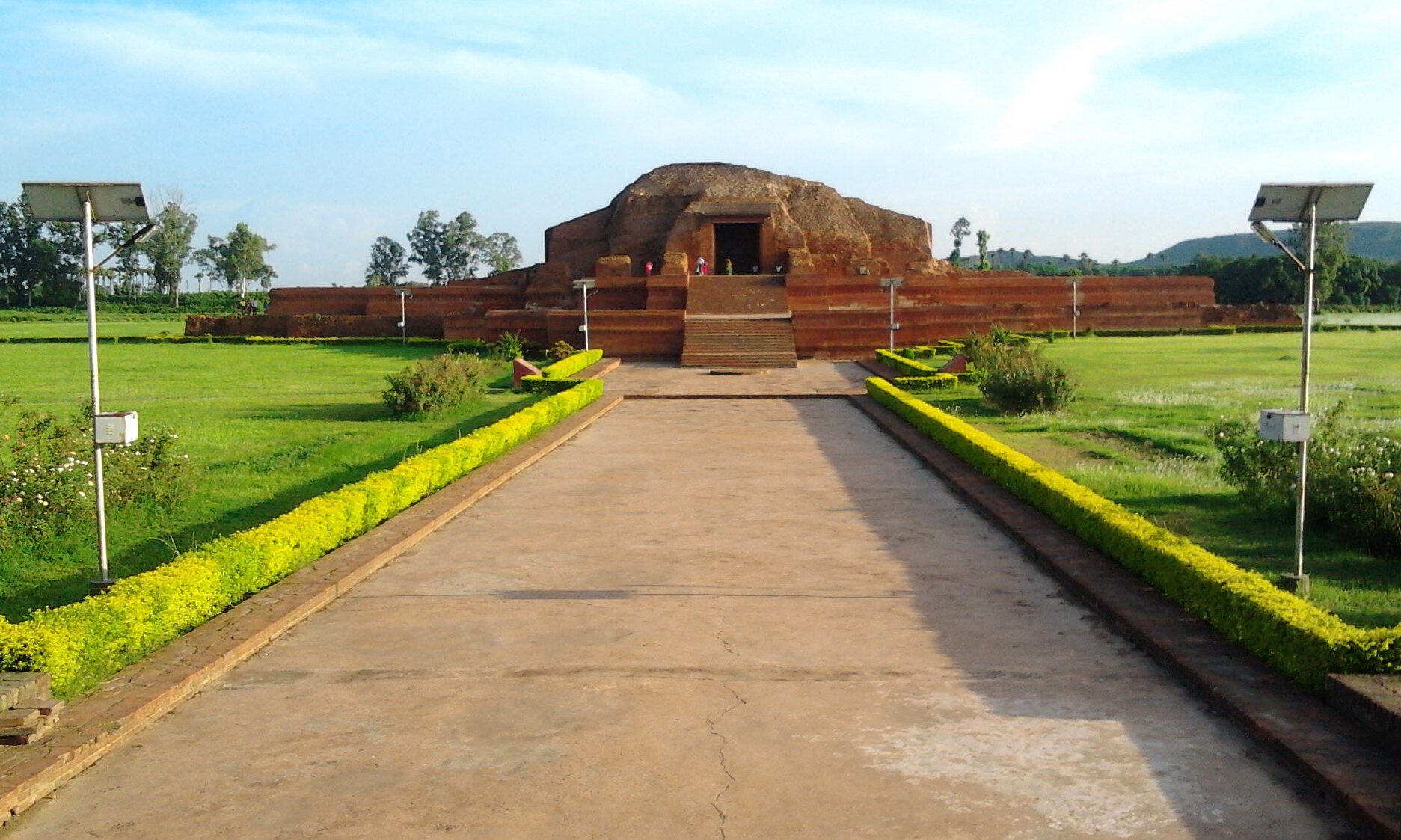
There is a British era park in Kajha village, just 12 km from the district headquarters, which the world knows as Kajha Kothi. This park located in Kajha village was renamed as Shastri Park. The reason for this is that the house of Bhola Paswan Shastri, who was the Chief Minister for three seasons in Bihar, is close to this Kothi.

It is said that Kajha Kothi, which is considered to be the heritage of Purnia, is a history in itself. While staying near the circuit house, the British used to train the villagers in indigo cultivation.
There is a circuit house in this park, which was built in the then British Empire. Special arrangements were made to stay in that circuit house on the arrival of the English officers. Indira Gandhi has come and rested in this historic circuit house of Kajha Kothi.

Which today is called Kajha Kothi, during the British era it was called ‘Nil Kothi’. According to historians, a British administrator Max Ilte started the cultivation of indigo on 1400 acres in the year 1769 by pressurizing the people from Barhada Kothi block of Purnea district and to keep an eye on the same, this Kajha Kothi was also constructed in the year 1775. After this their business continued to grow on this land suitable for indigo cultivation. Every year more than four hundred Mann (one Mann equals 37.500 kg) indigo were prepared here. The British used to send the prepared Indigo from here to the cities by boat from the Nila Nagaur River and Kadaidhar River.

The indigo grown in the field was heated by putting it in a big pan in front of the bungalow and pure indigo was prepared. This is the reason that the Kothi of Max Ilte was called as ‘Neel Kothi’.
Although there is nothing special left in the name of Neel Kothi, but the remains of some walls remind people of Neel Kothi. Even today, there are big cauldrons in Neel Kothi. The existence of the stove on which the indigo cauldron was heated can also be seen in this kothi today. Although the Neel Kothi is now in ruins, but even today people who come here definitely have the curiosity to see this Kothi.
A pond was constructed for the water that came out after cleaning the Nile, which is still present today. Indigo cultivation had been going on in this block area for about 80 years. Indigo cultivation gradually stopped during the British rule itself.

The local people also took out the bricks of Neel Kothi, due to which now the existence of the walls is also on the verge of extinction.
It is a great place for picnic. The greenery of this place will fascinate you, and you will feel good as you walk around it. Old small pucca buildings, historical kothi on the right side, big pond in front, temple and a small dargah. Also the chirping of birds and the pleasant atmosphere. There used to be boating in the pond earlier, but now it has been closed. Yes, you will definitely see some children taking a splash there.

How to Reach
It is located about 15 kms from the main city of Purnia, despite this people keep coming here. Both Bus and Auto are available from Purnea towards Kajha Kothi. Those who wish to visit Kajha Kothi should board the bus from Purnia to Barhara. It hardly takes half an hour by bus to reach. This bus goes further till Barhara Kothi.
Entry Fee: ₹10/-
Timings: Sunrise to sunset.



















